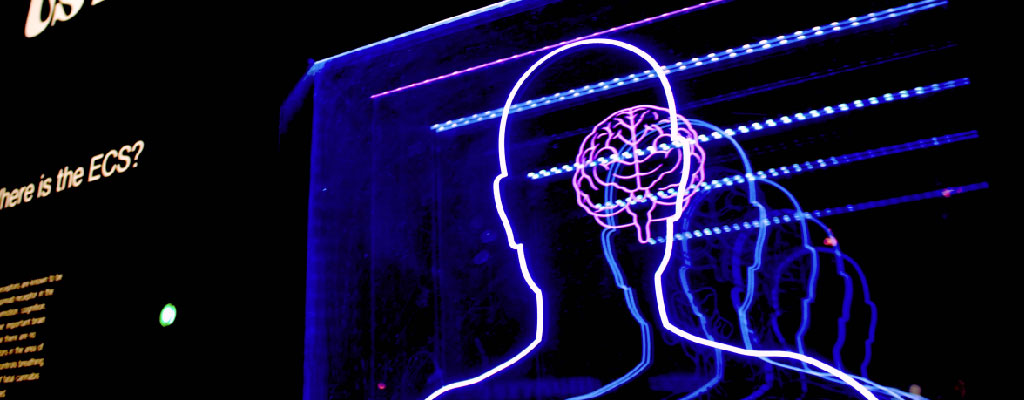Research conducted by:
Xiao Liu, Assistant Professor of Biomedical Engineering and ICDS Co-Hire
Tags:
big data neuroscience parallel computing
Research Summary:
People generally assume that there is a link between certain regions of the brain and various behaviors. However, a new study by Penn State researchers using the latest data science techniques suggests that it’s more than just brain regions that influence behaviors. The study found that the thickness of brain tissue and a region’s connectivity play an equally important role in linking brain and behavior. The researchers relied on used cutting-edge technology to collect functional magnetic resonance imaging -- or fMRI -- data and incorporated hundreds of behavioral, cognitive, psychometric and demographic measures from a large cohort of 1,200 subjects.
How Roar played a role in this research:
"The Roar resource allowed us to do the parallel computing over these hundreds of subjects data and greatly improved the computational efficiency of this study." -Xiao Liu
|
Article Title: |
Neuroimaging contrast across the cortical hierarchy is the feature maximally linked to behavior and demographics |
|---|---|
|
Published In: |
NeuroImage |
|
Abstract: |
An essential task of neuroscience is to elucidate the relationship between brain activity, brain structure, and human behavior. This study aims to understand this 3-way relationship by studying the population covariance of resting-state functional connectivity, cortical thickness, and behavioral/demographic measures in a large cohort of individuals. Using a data-driven canonical correlation analysis, we found that maximal pairwise correlations between the three modalities are approximately along the same direction across subjects, which is characterized by the change of the overall positive-negative trait of human behavior. More importantly, this behavioral change is associated with a divergent modulation of both resting-state connectivity and cortical thickness across cortical hierarchies between the higher-order cognitive networks and lower-order sensory/motor regions. The findings suggest that the cross-hierarchy contrast of structural and functional brain measures is tightly linked to the overall positive-negative trait of human behavior/demographics. View article on publisher's website |

